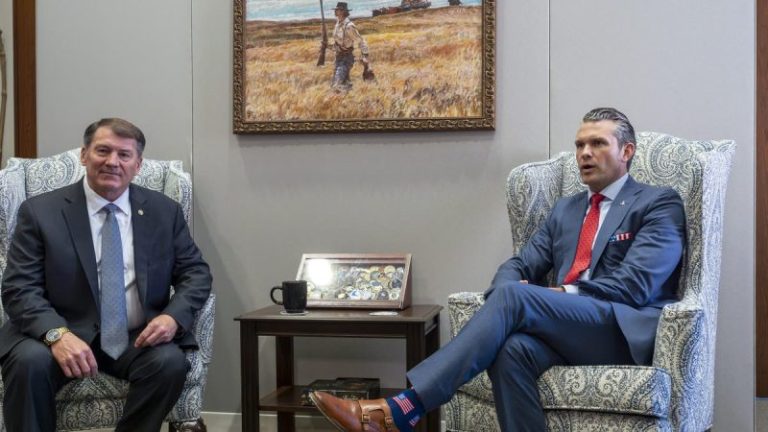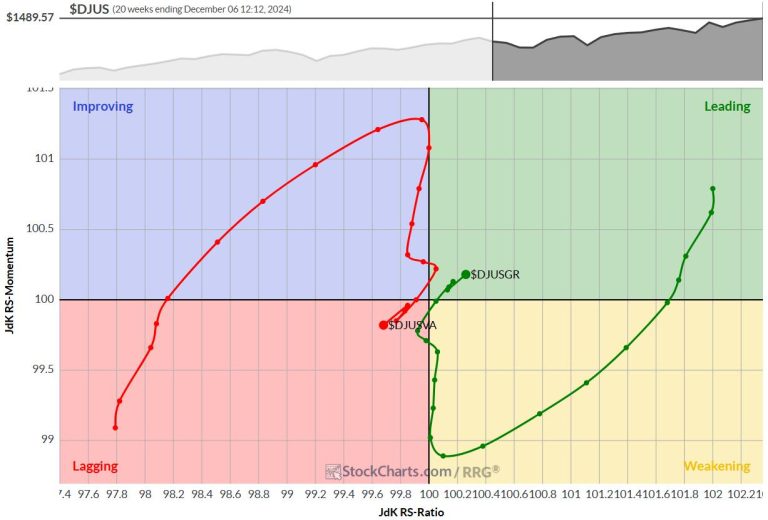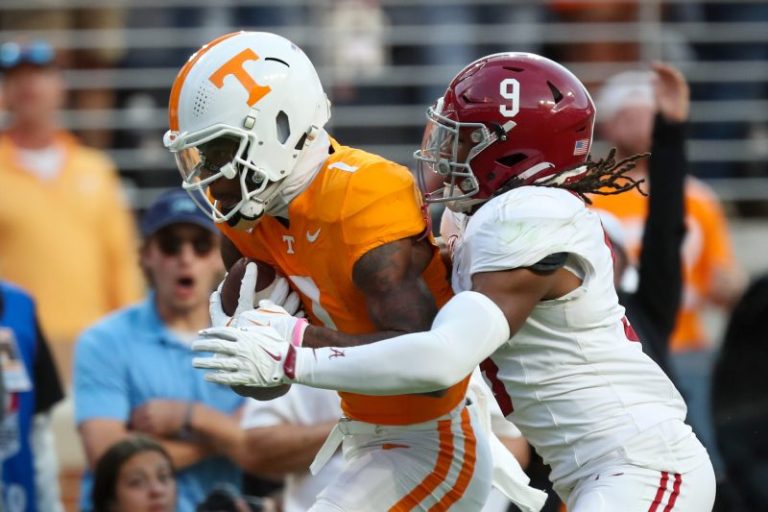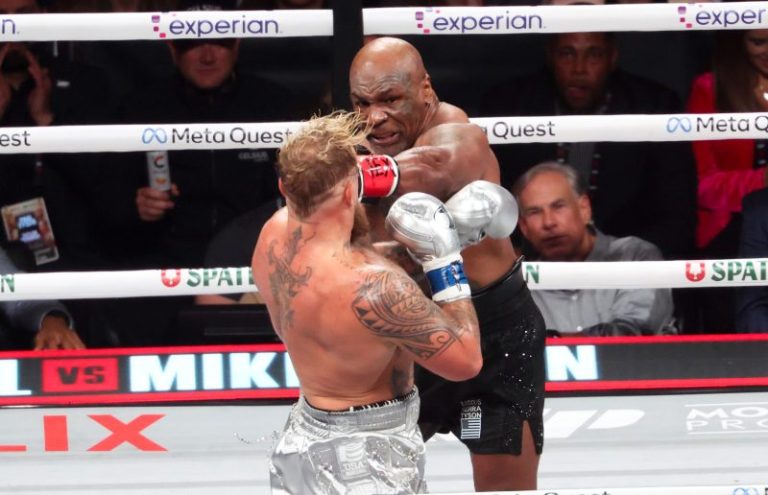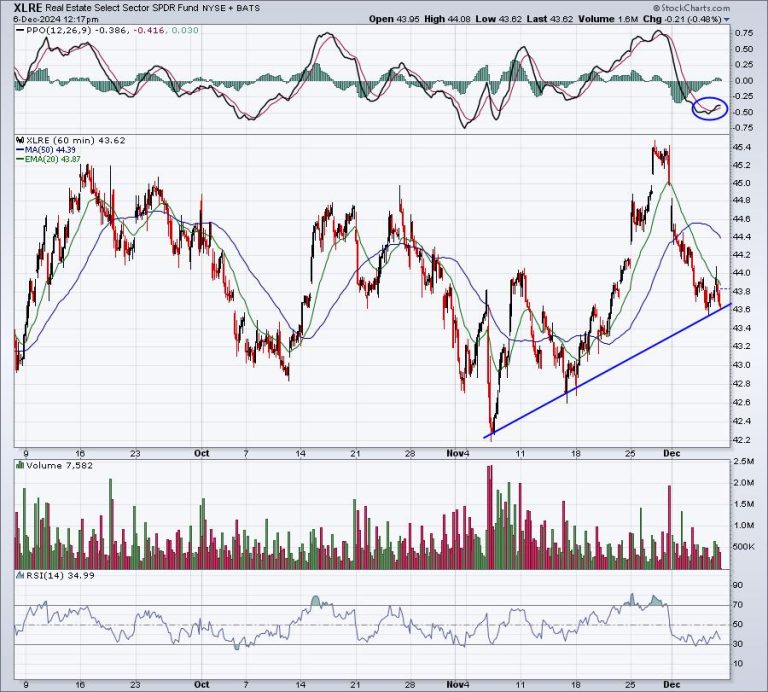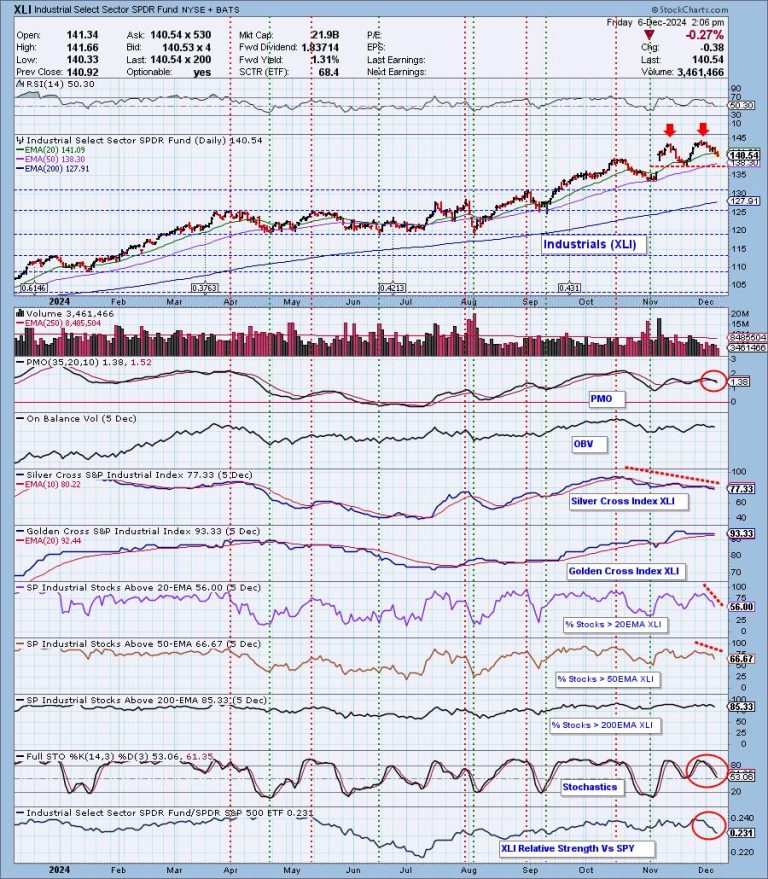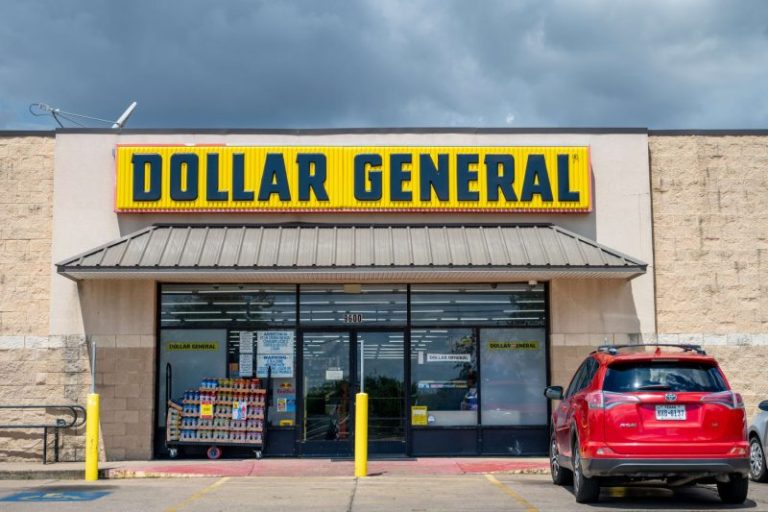A growing number of prominent veterans are signing onto an open letter endorsing Defense Secretary nominee Pete Hegseth as he battles back allegations that may stymie his confirmation.
The Heritage Foundation began collecting the signatures on Thursday and garnered more than 74 in that short time, a foundation official told Fox News Digital.
‘As military veterans and patriotic Americans, we are pleased to see an outstanding veteran nominated to lead the Department of Defense,’ the letter begins.
‘Hegseth is a decorated combat veteran who served as an Infantry Officer in the Army National Guard, deploying overseas to combat zones in Iraq and Afghanistan, earning two Bronze Stars and a Combat Infantryman Badge.’
The veterans state that Hegseth has ‘worked tirelessly’ to support U.S. troops and that his experience and drive will lead him in rebuilding the military back to a ‘fighting force . . . capable of defending the national security interests of the American people.’
They cite Hegseth’s long-held stance on ‘depoliticizing’ the military and his rebuttals of ‘DEI’-type policies and other ‘toxic ideologies’ they claim have been foisted upon troops in recent years.
‘Ending wokeness is just the start. The Pentagon is also bloated with bureaucracy and waste. The defense industrial base is failing to deliver,’ the veterans wrote.
‘Cost overruns and delays have become the norm. The Department of Defense needs a Secretary of Defense willing to confront both the entrenched bureaucracy and the defense industry and force them to deliver the ships, planes, and munitions our troops need to confront America’s adversaries.’
Dan Caldwell is a veteran of the Marine Corps and Camp David security force who, along with his fellow adviser at the Center for Renewing America, three-time-deployed Marine Joseph Wade Miller, signed onto the letter.
They join at least 40 other prominent veterans in supporting Hegseth’s nomination, as the former ‘Fox & Friends Weekend’ co-host faces allegations surrounding alcohol abuse and mistreatment of women.
Eddie Gallagher, of the Pipe Hitters Foundation, also signed the letter. Gallagher launched the veteran defense-focused nonprofit after being found not guilty in a war crimes trial.
James Jay Carafano, Rob Greenway, Wilson Beaver, Steve Bucci and Jeremy Hayes, all decorated military veterans who are advisers to, or fellows at, the Heritage Foundation, signed onto the missive.
The letter also calls out the previous administration’s inability to secure the southern border and restore peace in Eurasia.
‘Pete Hegseth shares these priorities and is ready to execute the Commander in Chief’s agenda on day one. As proud American veterans, we stand with him and the President in this historic endeavor,’ they write.
Kevin Roberts, the president of Heritage, called Hegseth the ‘right kind of fighter for America’ and a person who is ready to ‘clean up’ the Pentagon.
‘At a time when bloat and woke initiatives detract from the core warfighting mission of our armed forces, we need a secretary like Pete who has both served in combat and advocated for veterans on Capitol Hill,’ Roberts said separately from the letter.
Victoria Coates, a former adviser on national security to both Trump and Sen. Ted Cruz, R-Texas, said Hegseth would be ‘a literal breath of fresh air in the musty halls of the Pentagon.’
On Thursday, Hegseth said he refused to back down from a fight as his nomination remains in limbo amid drinking and sexual misconduct allegations. He has denied any wrongdoing.
‘We’ve had great conversations, about who I am and what I believe,’ Hegseth said of his meetings with senators. ‘And, frankly, the man I am today, because of my faith in my lord and savior Jesus Christ and my wife, Jenny, right here, I’m a different man than I was years ago.’
That exchange followed the leak of a critical letter that Hegseth’s mother, Penelope, wrote to him years ago about his relationships with women. However, Penelope Hegseth told Fox News on Wednesday that she had written the email in an impassioned moment and later apologized for it.
Multiple sources reported to Fox News that Trump is considering his former primary opponent, Florida Gov. Ron DeSantis – a retired Navy lieutenant commander – for the top Pentagon spot in case Hegseth falters.
Fox News’ Louis Casiano contributed to this report.

